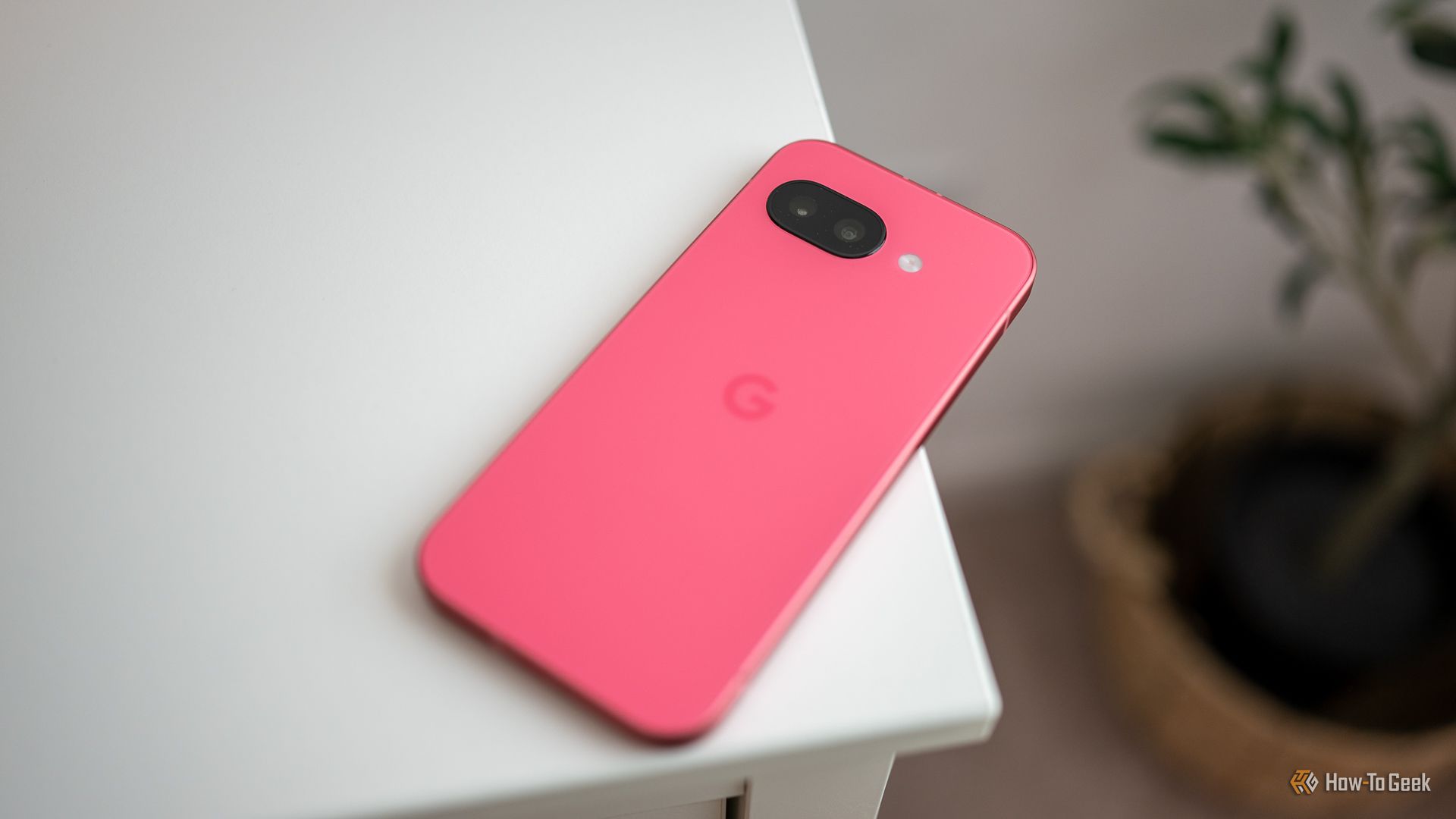Custom ROM Support Just Got a Lot Worse on Google Pixel Phones
Summary
-
Google intentionally omitted Pixel device trees from Android 16, making custom ROM development much harder.
-
Developers now face challenges like reverse engineering and potential hardware components breaking on custom ROMs.
-
Google’s shift towards using “Cuttlefish” as a primary reference target may negatively impact long-term device support.
Custom ROMs are not something I think about a lot anymore when I get a new phone—you can read some of my thoughts about that here. But if you have a Pixel phone, and you were hoping to keep it running after it’s finally dead, we have some bad news for you.
Android 16 was finally released to the Android Open Source Project (AOSP), meaning that developers could peruse through the final Android release and bring it up on non-Pixel devices. However, the device trees and driver binaries for Pixel devices are nowhere to be seen. Google’s VP and GM of Android, Seang Chau, confirmed that this change is, indeed, intentional. He went on to add that “AOSP needs a reference target that is flexible, configurable, and affordable – independent of any particular hardware, including those from Google.” He dispelled rumors that AOSP was going away due to this change being perceived by some as a “first step” towards discontinuing it, but went on to add that the omission of Pixel device trees is intentional.
Google Pixel device trees being essentially closed source is bad news for any Pixel that got Android 16, or at least bad news for those that wanted to install a custom ROM on them. While it is possible to bring up a custom ROM on those Pixel devices, it’s a considerably harder task now. Developers looking to port a custom ROM to a Pixel device will need to resort to reverse engineering and “blind guessing.” They will need to work with older device trees and documentation, and hope that they can figure out how to get their software to work with the phones’ hardware.

Related
5 Hidden Costs of Buying a Google Pixel
The Pixel 9a offers perhaps the best value for a brand new phone. It’s also still a Pixel.
This adds several degrees of complexity for custom ROM developers, and what was usually a relatively simple ordeal might now take weeks or even months. And there’s a real possibility that some hardware components or features could be permanently broken on custom ROMs. Features that rely on heavily customized drivers, such as advanced camera functionalities, may be particularly difficult to implement perfectly.
The company has stated that it is moving towards using a virtual device, codenamed “Cuttlefish,” as its primary reference target for AOSP development. This move is intended to make AOSP development more hardware-agnostic. But for those of you who want to keep their devices running for longer, this could be awful news. Thankfully, most new Pixel phones give you at least seven years of updates, so despite the fact that custom ROM support is subpar now, your phone should at least continue to work for a considerably long amount of time.
Source: Seang Chau (Twitter/X), Android Authority
